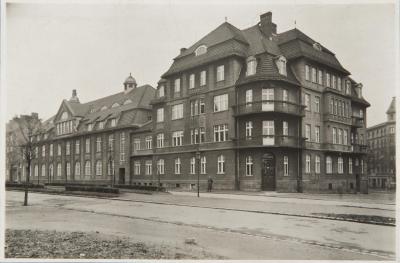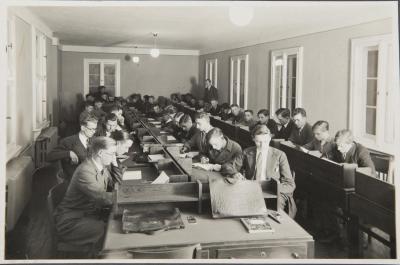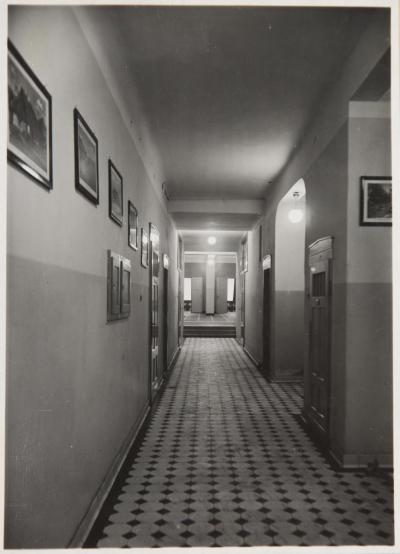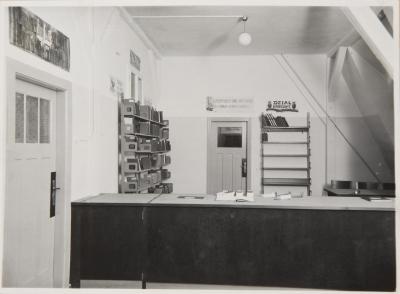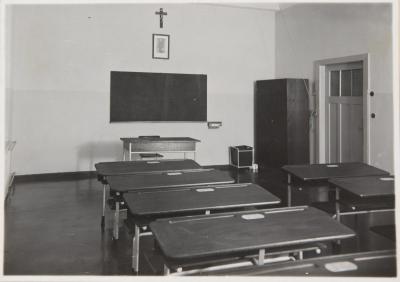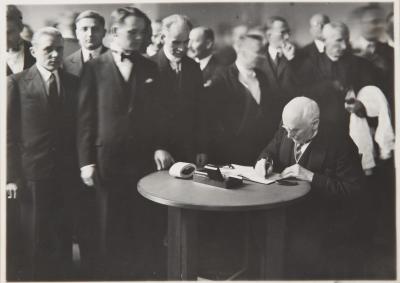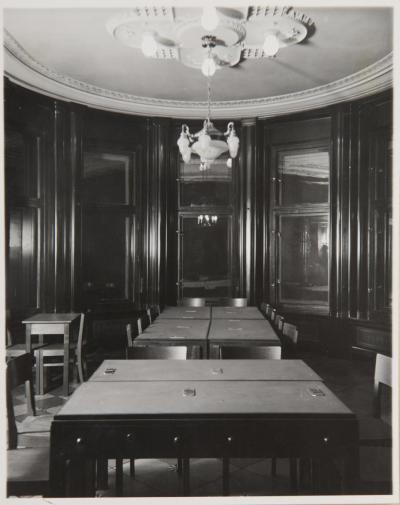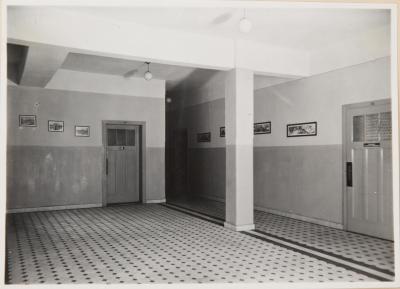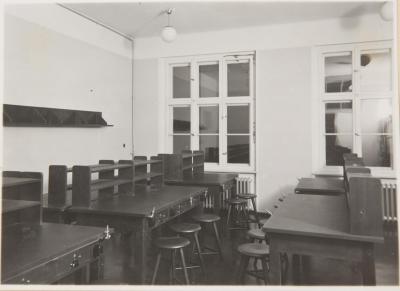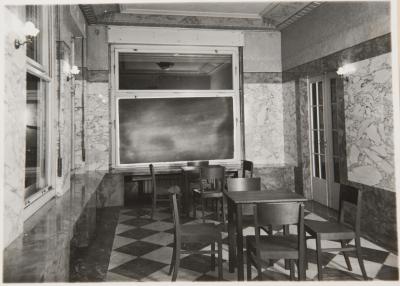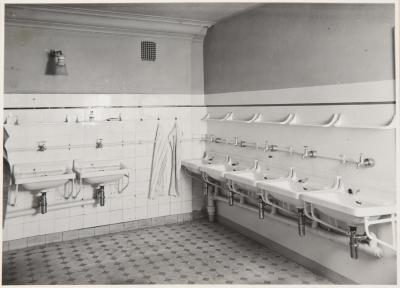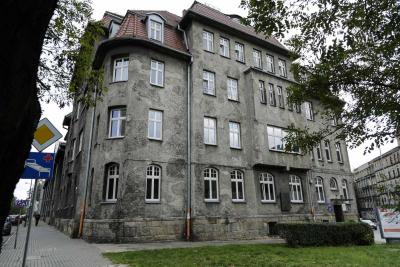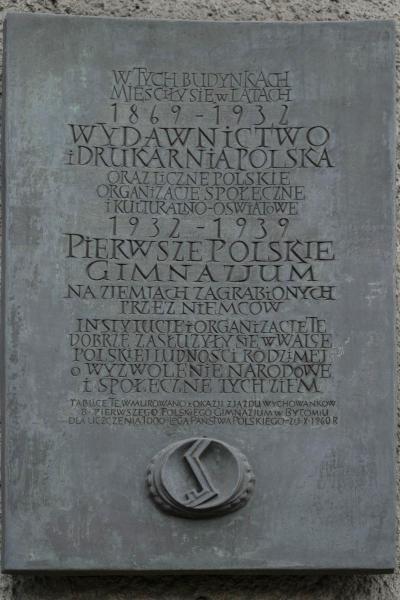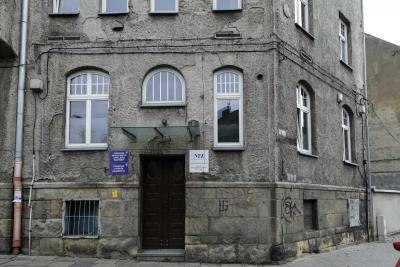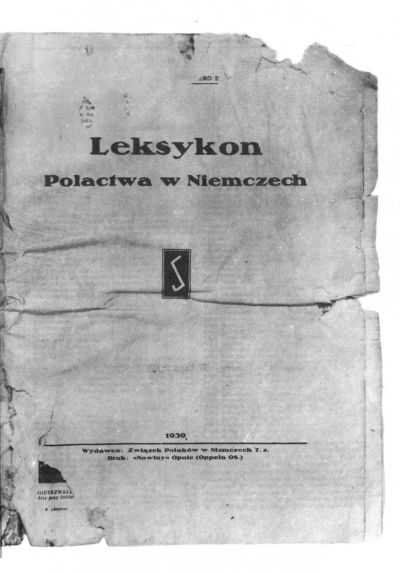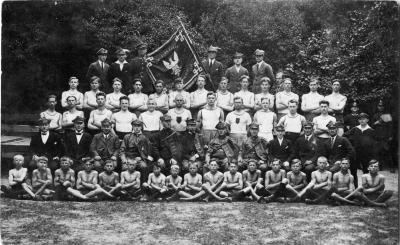The Polish grammar school in Bytom
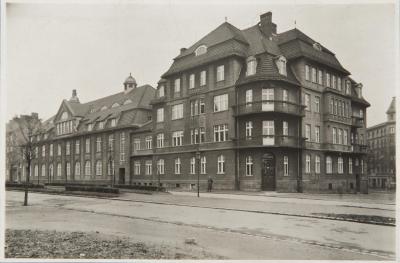
Programme
The Polish Grammar School in Bytom adopted the German organisation of the school year and the German school structure. At the start the school had problems that resulted from the differences in the two school systems with regard to the timetable and programme. The school system in Germany planned a nine year course for its students. This meant that school students had one more year in school than they did in Poland. In addition the start of the school year in Germany was after the Easter holidays, i.e. five months earlier than it was in Poland. As a result schoolchildren from Lubliniec, who transferred to the school in Bytom, were forced to repeat a school year. The five-month difference in the two school systems was used to catch up on any possible differences between the two curricula, since the Bytom Grammar School worked on the basis of the programme and curricula used in classical grammar schools in the German educational system. One exception was Polish lessons that were given for four hours a week from the sixth to the fourth class, for three hours a week in the third and lower second class, and for two hours a week in the first class. Thus students had a total of 27 Polish lessons per week during their time in school.[15] Even the designations of the individual classes were taken from the German system. School began with the Sexta (sixth class) and ended with the Upper Prima (first class), which finished with A-level examinations. The canon of school books proposed for the Polish Grammar School was based on the German programme, but mostly contained Polish titles. This aroused controversy amongst the German administration. Negative reviews of the majority of these titles caused much technical confusion. Regular inspections of the school show that the ban on these titles made it difficult for the teachers to give their lessons. Despite the fact that it was allowed to import books from Poland, this was also impossible since border traffic regulations contained questions on currency exchange needed to buy the necessary books.[16]
Students were only allowed to attend the Bytom Grammar School if they had completed the fourth class of a state school and passed written examinations in German and addition. Applicants had to submit documents such as their curriculum vitae, a birth certificate, a certificate of baptism, an inoculation certificate and their last school report, not forgetting a document showing what nationality they belonged to.[17]
Outside their lessons the school students took part in Polish literature and theatre clubs, working circles for German, philology, mathematics, music, national studies, dance, chess, drawing and design, as well as two sports clubs “Przyszłość” (Future) and “Ruch” (Movement), the last of which had sections for athletics, gymnastics, games and recreation. In addition there was also a school choir, the Prince Józef Poniatowski Boy Scouts group (Drużyna Harcerska im. ks. Józefa Poniatowskiego), whose members belonged to the I. Zawisza Czarny Boy Scouts group (I Drużyna Harcerska im Zawiszy Czarnego) in Bytom, as well as a school cooperative, which operated the school kiosk [18] and ran the school paper, “Idziemy” (Let’s go)[19] .
The Grammar School Staff
Most of the staff were of Polish nationality. Amongst the thirty teachers who worked at the Bytom Grammar School from 1932 to 1939, twenty-three possessed Polish nationality and only seven were German nationals. The district school advisory boards in Silesia, Poznan, Krakau and Lemberg were responsible for selecting the candidates. Given the underhand tactics of the German authorities teachers volunteered for employment in Bytom. Foreigners were only given a residence visa for one year, which meant that the school was faced with a constant fluctuation in its staff. A teacher with Polish nationality had to produce two official permits: one was a work permit from the German school authorities and the other a residence permit from the police. In order to ensure that the school always had the same number of teachers, the Polish Catholic School Society (Polsko-Katolickie Towarzystwo Szkolne) was forced to reapply for permits every year. The financial regulations with regard to minor traffic in border areas also caused difficulties for teachers, since there was a limit on the amount of Polish money that could be changed into Marks. Information on currency exchange was marked in passports every time and this caused difficulties for Polish teachers who regularly visited Poland. It was also forbidden to distribute Polish books, newspapers and periodicals.[20]
The first headmaster of the school was Miłosz Sołtys, but he only held this post for a few months from July until October 1932 since the German authorities regarded him in a negative fashion. He was succeeded by Wiktor Nechay de Felseise, whose residence permit and license to teach in the Reich area until 1936 was rescinded. His successor was Florian Kozanecki, the initiator of the school societies involved in artistic, sporting and national youth development. But he was dismissed as early as 1937. After that the head of the Grammar School until the outbreak of the Second World War and the closing of the school was Piotr Miętkiewicz. From 1939 onwards, after he fell ill, he was supported by Józef Henke.[21]
In its first year the school had a staff of thirteen but subsequently this number rose to meet the growing number of students. At their peak, the number of teachers at the Bytom Grammar School, was twenty-three in 1937. During the overall period it was in existence the school had a total of thirty teachers of whom only five taught there during the whole period from its foundation until its closure. These were Józef Henke, Edmund Maćkowiak, Pastor Franciszek Nawrot, Stanisław Olejniczak and Witold Przybylski. In 1937 some of the educational staff moved over to the Polish Grammar School in Marienwerder (Kwidzyn), and this resulted in a loss of many students in Bytom. Władysław Gębik was appointed as the headmaster of the newly founded school in Marienwerder (Kwidzyn), and as a result a group of seventy-nine students moved with him.[22]
From 1932 onwards the teachers at the Grammar School also helped out with the work of the Polish Peoples University (Polski Uniwersytet Ludowy) in Bytom, an informal institution that offered adults of both sexes the chance to study on their own accord once they were over eighteen. The University offered lectures on Polish history, theology, health education and the cultural identity of Silesia. The spread of knowledge provided an impulse to realise social and national aims. The lecturers also put together small brochures with extended versions of their lectures. Edward Szwed, a teacher at the Bytom Grammar School, was entrusted with heading the Peoples University. The University lecturers all worked on a voluntarily basis.[23]
The Polish Peoples University in Bytom only existed for five years. All in all 20,000 people attended the lectures. Students from the Polish Grammar School were also regular listeners. The lectures were held in fifty-eight different locations. The most important of these were Bytom, Nakło, Racibórz, Mikulczyce, Ciski, Gliwice and Zabrze. On 10th December 1936 the German authorities officially banned all public activities by the students and teachers that had nothing to do with school lessons. The ban included participation in University classes, local festivities and evening events. Any contravention was punishable with a fine of 50 Marks.[24]
[15] APK, 683, Sign. 10, Syllabus of the Private Grammar School in Bytom with lessons in Polish (1932 – 1933); BB, private estate, 140. Amongst others, the archive file contains detailed syllabuses for the years 1932 and 1933; Sign. 142, correspondence. Plans on the distribution of school materials. Audit reports on the lessons (1936–1939). The archive file contains, amongst others, detailed syllabuses for the years 1936–1939, divided according to terms and the syllabuses for the individual school subjects.
[16] J. Lubos, Dzieje gimnazjum polskiego…, pp. 93 – 94.
[17] W. Kosiecki, Polskie Gimnazjum w Bytomiu, Opole 1937, p. 8.
[18] J. Lubos, Dzieje polskiego gimnazjum…, pp. 106 – 119; W. Kosiecki, Polskie Gimnazjum…, p. 12.
[19] The school paper was written in Polish and appeared once a month in an edition of 1000 copies. It was dedicated to affairs in the school and the student homes and contained descriptions of important events in the life of the school, essays on theatre performances, and reports on the work of extra curricular groups and school outings. It also included statistics on the number of classes and A-level students. The students wrote articles on educational questions and national identity. APK, 683, Sign. 88, Redakcja pisemka szkolnego “Idziemy” (1934–1936) [The editorial board of the school newspaper "Idziemy" (1934-1936)].
[20] J. Lubos, Dzieje polskiego gimnazjum w Bytomiu…, pp. 47–48; J. Lusek, Szkolnictwo niemieckie i polskie..., pp. 164.
[21] BB, private estate, Sign. 139, employee records (1932–1936); J. Lubos, Dzieje gimnazjum polskiego…, p. 56.
[22] APK, 683, Sign. 42, Wnioski o siły nauczycielskie (1932–1933) [Applications for teaching posts (1932-1933)]; Sign. 45, Wnioski o siły nauczycielskie (1937–1939) [Applications for teaching posts (1937-1939)]; BB, private estate, Sign. 139; J. Lubos, Dzieje gimnazjum polskiego…, pp. 46–47.
[23] E. Sapia–Drewniak, Polska oświata pozaszkolna w rejencji opolskiej w latach 1922–1939, Opole 1991, pp. 64–75; R. Dermin, Z przeszłości Śląska Opolskiego, [in:] „Miesięcznik Społeczno–Kulturalny” 1973, Nr. 8.
[24] J. Lusek, Szkolnictwo niemieckie i polskie…, pp. 165–166.
